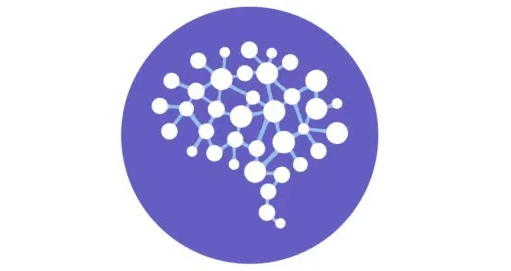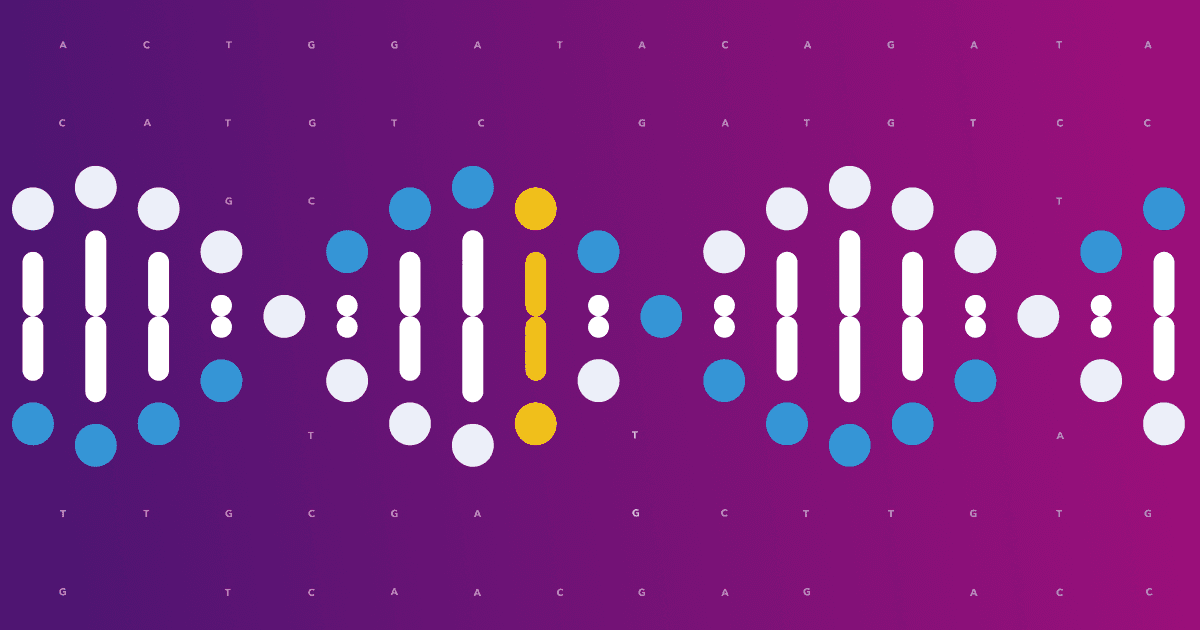Our immune systems fight off bacteria, viruses, and infections in an almost daily battle to keep us healthy, but if you have an autoimmune disease, that natural defense system turns on itself, attacking healthy cells and tissue by mistake.

Autoimmune Awareness Month
This month is Autoimmune Awareness Month, and 23andMe wants to shine a light on autoimmune diseases generally, which affect an estimated 24 million people in the United States alone.
There are more than 80 known autoimmune diseases. Some of these are well known, such as lupus, rheumatoid arthritis, Crohn’s disease, and ulcerative colitis, but others are rare and difficult to diagnose. There is a lot we do not know about these conditions and their causes, although genetics appears to play a role.
For those with an autoimmune disorder, particularly one that is rare, it can be jarring to learn that your body is at war with itself.
“It was devastating,” said Doris, a minister, mother, grandmother, and great grandmother in Louisiana who, in 2009, was diagnosed with the rare autoimmune disorder, pemphigus.
Doris’s Story
Pemphigus vulgaris is one of a group of autoimmune conditions that can be life-threatening without treatment. It is characterized by blisters and lesions on the mucous membranes and skin. It is also one of a dozen rare diseases 23andMe is researching as part of its Rare Disease Research Study.
For Doris, she thought her diagnosis was a death sentence. But 13 years later, she has a different perspective.
“I did not allow the disability to stop me from enjoying life and moving forward in life,” Doris said.
Finding Support
In the ensuing years, Doris retired from her job with a mortgage company, got her bachelor’s degree, then a master’s, and she will soon receive a doctorate. She plans to become a college professor and is taking classes in nonprofit management. Her diagnosis galvanized her, not just to pursue her dreams but also to better understand the condition and seek support from the International Pemphigus & Pemphigoid Foundation (IPPF).
But that journey wasn’t easy. While Doris’s story is unique, many of the things she has had to navigate will be familiar to others with an autoimmune condition or a rare disease. Often the most difficult step in the process is simply getting a proper diagnosis.

After The Diagnosis
In Doris’s case that came after an unrelated surgery. While she was recovering, painful sores emerged in her mouth. At first this was thought to be related to the insertion of a breathing tube during surgery, but the sores didn’t go away for more than a week.
That’s when the ordeal of trying to figure out what it was began. The sores soon showed up elsewhere on her body, including in her eyes. Over the course of visiting various doctors, she was told she had thrush (a fungus) and HIV, among other things. She couldn’t eat and was losing weight rapidly when about a year after her symptoms first emerged, she was finally seen by an infectious disease doctor.
“I’ve been in practice for over 30+ years and I’ve only seen this twice,” Doris’s doctor said. “This is pemphigus vulgaris.”
A New Life Journey
She had a biopsy done confirming the diagnosis. But, as with many people who have a rare disease or an autoimmune disease, the diagnosis also raised new questions and a hunt for treatment that would work for her.
“It was the beginning of a new life journey,” Doris said.
She was prescribed steroids, as well as different immunosuppressant drugs. Those drugs are meant for preventing a person from rejecting an organ transplant but have been used to treat other autoimmune conditions like rheumatoid arthritis. She was given an anti-inflammatory drug and antibiotic used for treating skin lesions. She was given an intravenous medication meant to boost her antibodies. Doris also received monoclonal antibodies, and other drugs that are typically used to treat cancer.
“The drugs changed my life,” she said.
Remaining Positive
Some of the treatments worked and some didn’t. Doris’s side effects from the treatments included a heart attack, a stroke, excessive weight gain, mood changes, and glaucoma.
Through it all Doris has remained positive. She’s become a member of the IPPF foundation. She learned more about the condition, treatments, and found a community for support.
“If you are diagnosed with a rare disease, realize that it is not a death sentence but a different road to travel on the road that we call LIFE,” said Doris, who also volunteers doing ministry in the prison system. “Enjoy every moment of your life. Live each day as if it were your last, it just may be. Put your stripes on and always ‘Speak up and Speak out’ to let the world know that you are still here to make a difference.”
Learn more about 23andMe’s Rare Disease Research Study here.
Learn more about Pemphigus vulgaris here.




